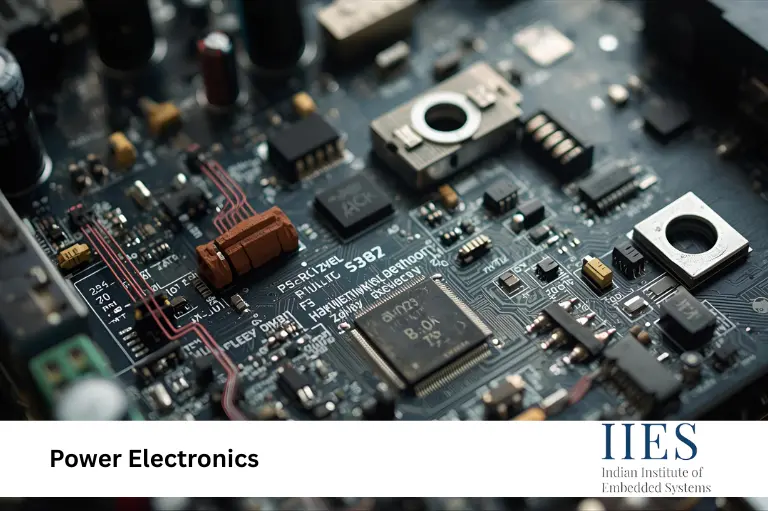
In modern electrical engineering, power electronics is the backbone of efficient energy conversion. From smartphone chargers to electric vehicles and renewable energy systems, it ensures that electrical power is delivered, controlled, and optimized for performance. Understanding Power Electronics Fundamentals is crucial for designing systems that are energy-efficient, reliable, and scalable.
Power Electronics refers to the technology of converting, controlling, and conditioning electrical power using semiconductor devices. It plays a critical role in applications ranging from consumer electronics and industrial motor drives to renewable energy systems and smart grids, making it a driving force behind modern energy conversion.
Power Electronics is the study and application of electronic systems that control and convert electrical power. It focuses on converting energy from one form to another with very high efficiency (90–98%).
In simple terms, power electronics:
Without power electronics, technologies like renewable grids, electric vehicles, and smart devices would not be possible.
The fundamentals of Power Electronics are based on four major types of power conversion:
| Conversion Type | Description | Applications |
| AC to DC (Rectification) | Converts AC to DC | Phone chargers, SMPS |
| DC to AC (Inversion) | Converts DC to AC | Solar inverters, UPS |
| DC to DC Conversion | Changes DC voltage levels | Buck/Boost converters |
| AC to AC (Cycloconversion) | Converts AC frequency/voltage | Motor speed control |
Together, these form the backbone of power electronics fundamentals.
Power conversion relies on semiconductor devices like MOSFETs, IGBTs, and thyristors that switch currents rapidly, shaping power flow as needed.
A rectifier converts alternating current (AC) into direct current (DC). For example, smartphone chargers use rectification to supply DC to batteries. Industrial rectifiers are used in power supplies and LED drivers.
DC to DC converters regulate voltage:
They are key in laptops, renewables, and voltage regulators.
Power Electronics is the driving force behind modern energy systems — from daily gadgets to renewable energy and electric vehicles. By mastering power electronics fundamentals and staying updated on SiC/GaN, wireless charging, IoT, and AI, engineers can design systems that are efficient, scalable, and sustainable.
Power electronics is the field of electrical engineering focused on converting, controlling, and conditioning electrical power using semiconductor devices.
AC to DC (Rectification), DC to AC (Inversion), DC to DC Conversion, and AC to AC (Cycloconversion).
Consumer electronics, industrial motor drives, renewable energy, EVs, HVDC, and smart grids.
Because compact, high-power systems generate heat, efficient thermal management is crucial for ensuring reliability and performance.
Trends include ultra-efficient conversion, smart IoT-enabled systems, AI in power electronics, and sustainable designs.
Indian Institute of Embedded Systems – IIES